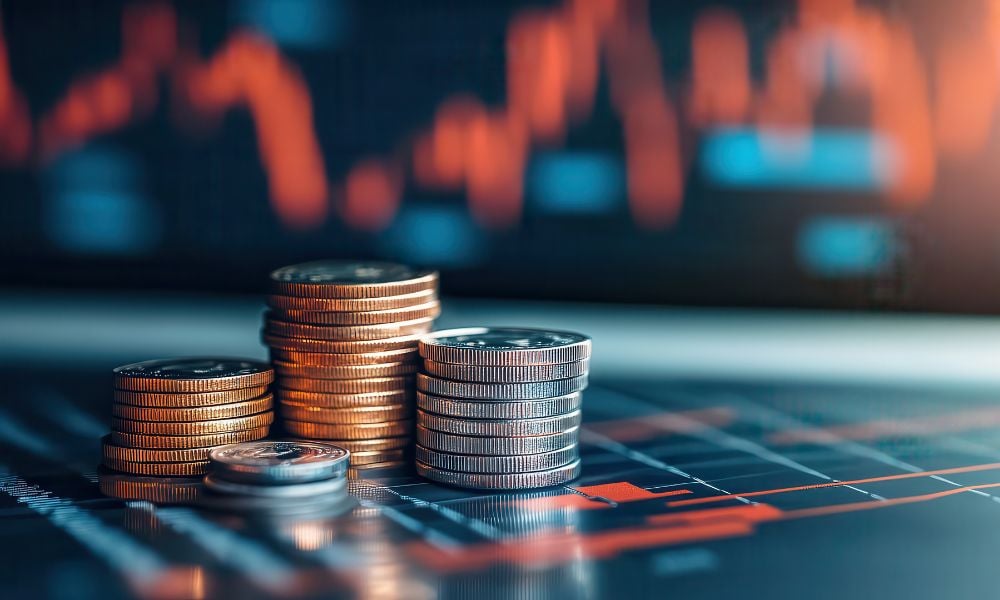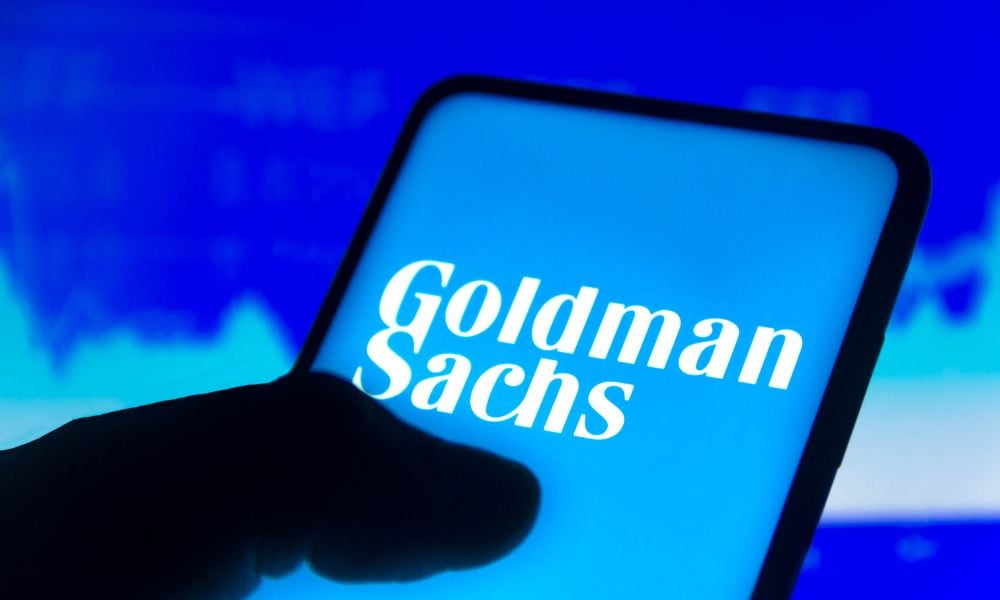Markets brace as inflation climbs, job growth slows, and the dollar weakens against peers

The prospect of stagflation in the United States is moving sharply into focus after new tariffs took effect, inflation accelerated, and labour market data weakened, according to Reuters.
BofA Global Research reported that 70 percent of global investors surveyed in August expect stagflation — the combination of slowing growth and rising inflation — within the next year.
That sentiment follows data showing higher US core inflation, a surge in producer prices, and softer hiring trends.
According to Business Insider, the Federal Reserve’s preferred inflation gauge, Personal Consumption Expenditures, rose 2.6 percent year-over-year in June, above the 2.5 percent expected and higher than May’s 2.4 percent.
Skanda Amarnath, executive director of Employ America, wrote that “the US economy appears to be hitting a mild form of stagflation.”
US employment data has added to the pressure.
The US added 73,000 jobs in July, below the 100,000 forecast, while revisions cut May and June payrolls by 258,000.
RBC economists said the declines, concentrated in tariff-exposed sectors, signalled their “stagflation lite” scenario is materializing.
Initial jobless claims rose to 226,000 in early August, with continuing claims climbing to 1.97 million, the highest since the pandemic, Business Insider reported.
The impact of tariffs remains central to the outlook.
Bloomberg said Trump’s sweeping measures, which took effect last week, are expected to push consumer and corporate prices higher while weighing on growth.
“The still-evolving tariff region will prove stagflationary, both lowering growth and raising inflation,” wrote Geoffrey Yu, macro strategist at Bank of New York Mellon.
Minneapolis Fed President Neel Kashkari acknowledged tariffs could alter policy, noting, “If inflation really ticks up because of tariffs, we could even raise again.”
The bond market faces risks if inflation persists.
Paul Eitelman of Russell Investments told Reuters that pension funds and insurers are increasingly nervous about inflation eroding fixed-income portfolios.
Long-dated bonds have already sold off in major markets, while shorter-dated maturities could weaken if the Federal Reserve holds back on rate cuts.
Equities show a similar divide.
Caroline Shaw of Fidelity International said stagflation was one of their two core scenarios.
While she remained positive on US big tech, she bought put options tied to the Russell 2000 small-cap index to hedge against losses.
Michael Metcalfe of State Street said global equities have historically fallen by 15 percent on average when US manufacturing showed both contraction and above-average prices.
Yet he observed that investors are still banking on tech earnings.
Currency markets have already moved.
Bloomberg reported the US dollar is down 8 percent this year against a basket of peers, while the euro has gained more than 12 percent.
Nabil Milali of Edmond de Rothschild Asset Management said stagflation poses a dual threat to the greenback, as weak growth undermines its value and inflation erodes its purchasing power abroad.
For investors, hedging strategies are diversifying.
Kristina Hooper of Man Group told Reuters that gold remains a go-to asset, while Foresight Group’s Mayank Markanday pointed to short-dated inflation-linked bonds.
Eitelman noted that inflation swaps, such as the US two-year swap now near a two-year high, are also drawing interest.


